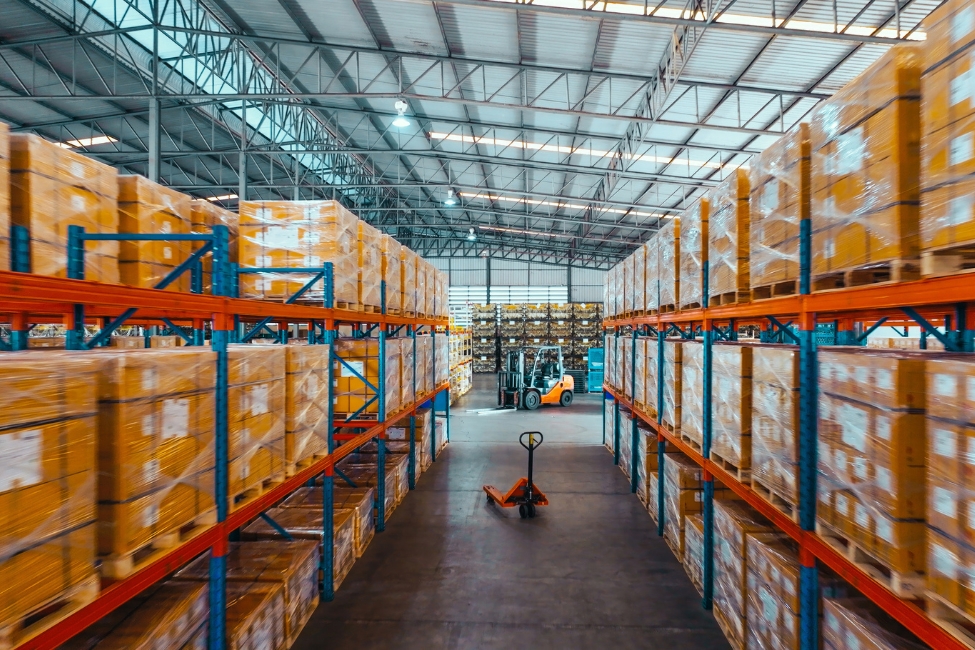Report: Logistics Industry Score Dips Heading into New Year

The logistics industry ended the year with a slight decrease in growth as retailers burned through inventory for the holiday season, according to researchers at Florida Atlantic University and four other schools.
The logistics industry ended the year with a slight decrease in growth as retailers burned through inventory for the holiday season, according to researchers at Florida Atlantic University and four other schools.
The Logistics Manager’s Index Report (LMI) was at 57.3 in December 2024, a slight decrease from November 2024’s reading of 58.4. The December 2024 reading, however, was significantly higher than 2023’s reading of 50.6.
“The ebbing of the COVID-19 pandemic’s impact on the supply chain likely caused a reversion to inventory and warehousing practices more closely associated with thinner inventories and leaner warehousing operations, hence the decrease in the LMI value for this month,” said Steven Carnovale, Ph.D., associate professor of supply chain management in FAU’s information technology and operations management department.
The Logistics Managers’ Index Report, a survey of director-level and above supply chain executives, measures the expansion or contraction of the logistics industry using eight unique components: inventory levels, inventory costs, warehousing capacity, warehousing utilization, warehousing prices, transportation capacity, transportation utilization and transportation prices.
Along with FAU, researchers at Arizona State University, Colorado State University, Rutgers and the University of Nevada at Reno calculate the LMI using a diffusion index. A score above 50 indicates that the logistics industry is expanding, while a score below 50 indicates that the industry is shrinking.
Heading into the new year, respondents predict the logistics industry should see an expansion of 65.8 for 2025, mainly driven by growth in warehousing and transportation, much higher than the all-time high average of 61.7 since 2016.
“Beyond the normal Q4 build-up in inventories, we also see many companies bring in more inventory than usual because they’re worried about tariffs, “said Zachary Rogers, Ph.D., associate professor of supply chain management at Colorado State University. “Both upstream and downstream firms are predicting that inventories will be much higher than the past two years, leading to an increase in warehousing prices.”
According to Carnovale, there are still some areas of concern in the supply chain industry where firms will likely stock up on inventory in light of potential tariffs, which could also lead to increased warehousing costs. Labor issues might continue due to worker shortages and possible strikes, he said.
“Despite the recent decrease in the LMI, there is uncertainty on two fronts that will likely drive up future costs: the first uncertainty comes to what degree the forthcoming administration will implement tariffs,” Carnovale said. “Future predictions from our sample suggest significantly higher price levels one year out. Second, if stockpiling is the new strategy for dealing with tariffs and other fees not previously implemented, this will likely drive up warehousing costs upstream and downstream.”
-FAU-
Latest Research
- FAU Researcher to Make Big 'Splash' in NatGeo's SharkFestShark fanatics, science buffs and ocean advocates won't want to miss a thrilling new episode of NatGeo's "Florida's Bite Capital," with FAU professor Stephen Kajiura, Ph.D. on National Geographic.
- FAU's Paulina DeVito Awarded Elite NSF Graduate Research FellowshipPaulina DeVito, 22, a Ph.D. candidate in FAU's College of Engineering and Computer Science, has been awarded a prestigious National Science Foundation fellowship for her exemplary work in AI and education.
- Hope for Brain Cancer: FAU Awarded Grants for Glioblastoma TreatmentFAU researchers are pioneering a new approach to treating glioblastoma - a highly aggressive brain cancer with one of the highest mortality rates - by targeting the gene MBLAC1 for the first time.
- Chef José Andrés' Longer Tables Fund Will Expand FAU Queen Conch LabThe grant awarded to FAU Harbor Branch supports the expansion of its queen conch aquaculture lab and is part of a global philanthropic effort to tackle urgent challenges through the power of food.
- FAU Gets $1M to Prevent Medication-related Harm, Falls in Older AdultsFAU Schmidt College of Medicine researchers will develop a targeted approach to eliminate the guesswork in medication management to reduce the risk of adverse drug events - particularly dangerous falls.
- Suicide Risk Elevated Among Young Adults with DisabilitiesSuicide is the third leading cause of death in young adults. For those with intellectual and developmental disabilities, the crisis is worse. New research urges prevention, screening and intervention reforms.






